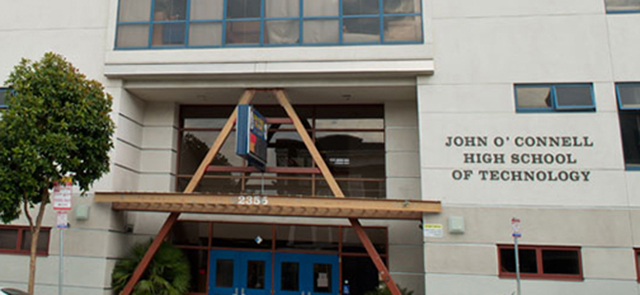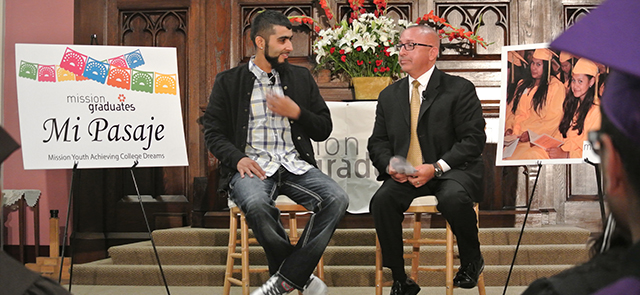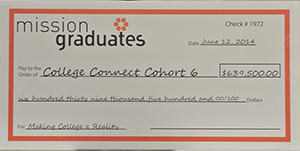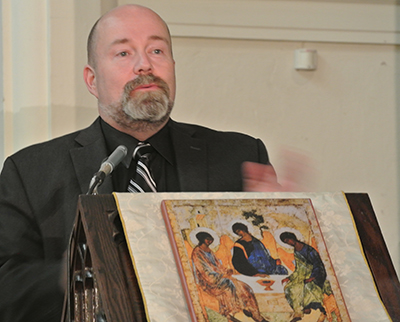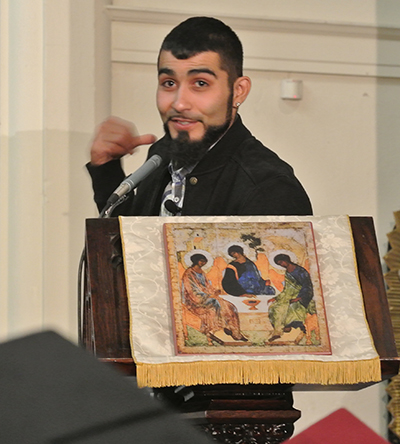 by MPN Director Richard Raya
by MPN Director Richard Raya
All San Franciscans should be dismayed by the Chronicle story [“A child left behind: SF student failed every class in high school,” March 28, 2018 ], which showcased a student who Booker T. Washington Community Service Center agency staff claim garnered straight F’s over many years — without intervention — while attending Washington High School in the Outer Richmond District. We implore the populace to demand students and parents of our most-underserved schools be given the tools they need to succeed. That means equitable allocation of funding, staffing and family support dollars, with a prioritization of our children’s futures in San Francisco’s robust $10+ billion annual budget.
The 20 community partners of the Mission Promise Neighborhood — an education initiative working in a quartet of Mission District schools — know of the endemic challenges our primarily low-income students face. But we vehemently disagree with the statement in the article that: “Nothing has changed in years and years. There’s no help. There’s no intervention.”
Our students’ narrative is different.
With Mission Promise Neighborhood’s network of support, our students are definitely not slipping through the cracks. That is because each school, a family success coach and neighborhood partners lock arms to serve as a supportive community for students and families who are most in need. We work collaboratively to identify at-risk students — and focus our resources to meet the needs of those students and their families. Individualized action plans are developed to meet students’ academic goals, including connecting these youth and their families to health care (mental/physical), housing, child care, employment and more. Most importantly, we meet regularly to set goals, measure our results and hold ourselves accountable to getting the work done.
During our five-year initiative in partnership with SFUSD, John O’Connell High School graduation rates for our Latino students increased from 62 percent to 88 percent, and graduation rates for our African American students increased from 46 percent to 93 percent. These are dramatic numbers, showcasing the fact that something “has changed.”
The article mentioned that communication between the child’s school and parents was limited. In contrast, Mission Promise Neighborhood provides trauma-informed, culturally responsive programming. Surveys indicate that more than 94 percent of our parents feel welcome at our elementary schools. At our middle and high school, the percentage of parents who feel welcome is 92 percent and 93 percent, respectively.
All kids are resilient and want to succeed: This belief in the ability of our children is part of the foundation of the national Promise Neighborhood movement. The first Promise Neighborhood was started in New York City’s Harlem neighborhood by Geoffrey Canada, when he made a promise that every child in his community can graduate prepared for college.
In San Francisco Unified’s Promise Neighborhood, we’re keeping that promise, and it’s only the beginning.
_______________________________
About Mission Promise Neighborhood
The Mission Promise Neighborhood is a citywide community partnership that was created to support kids and families living, working and attending school in the Mission District. It brings together schools, colleges, community organizations and community leaders to help kids graduate and families achieve financial stability.

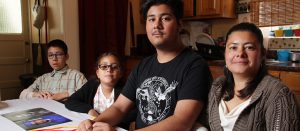 The Montoya-Alcocer Family. Josue Alcocer is a 2017 John O’Connell High School graduate.
The Montoya-Alcocer Family. Josue Alcocer is a 2017 John O’Connell High School graduate.
